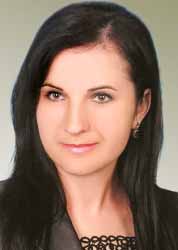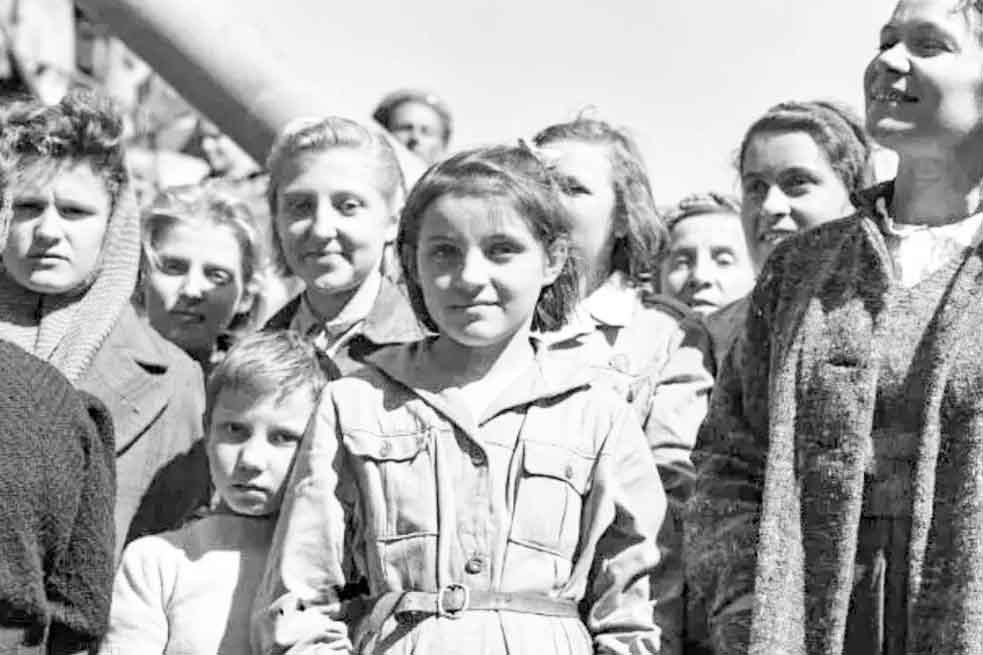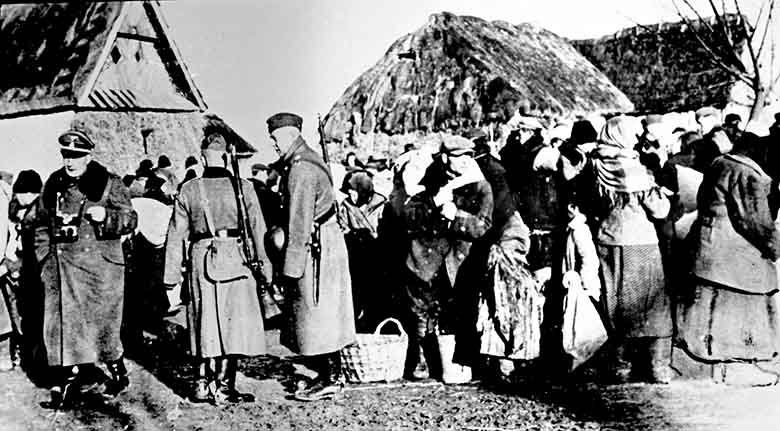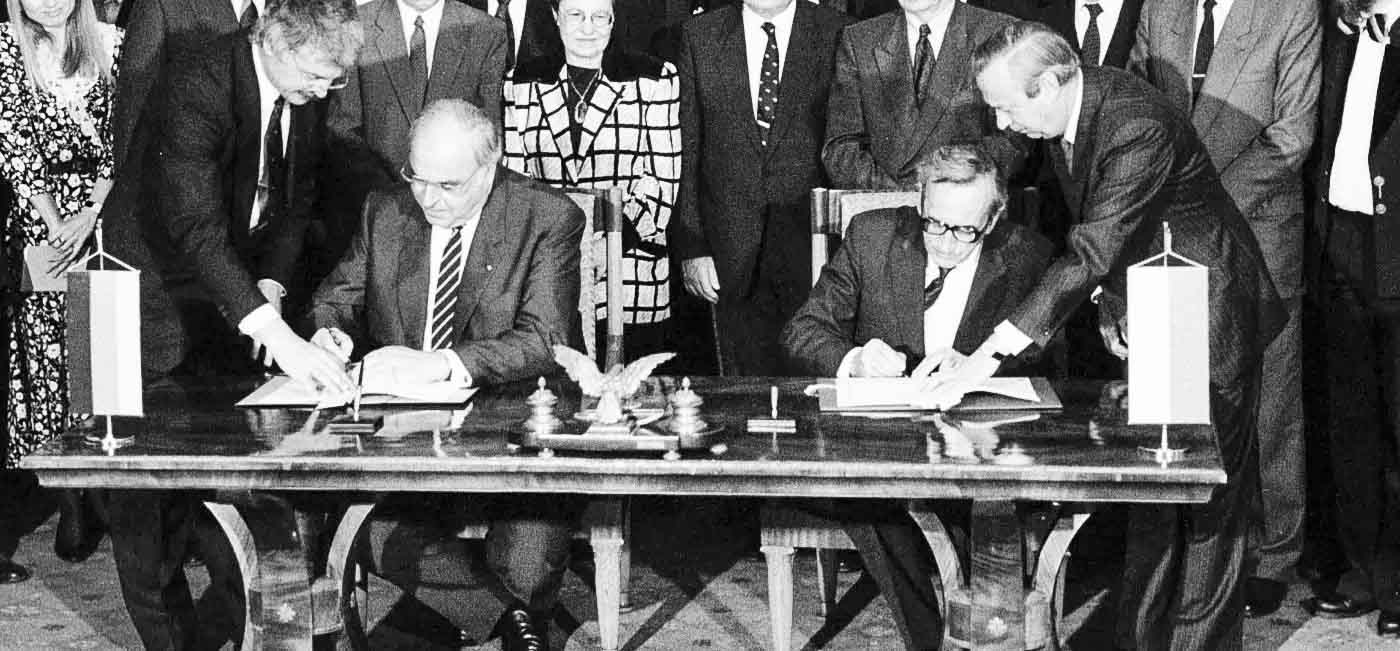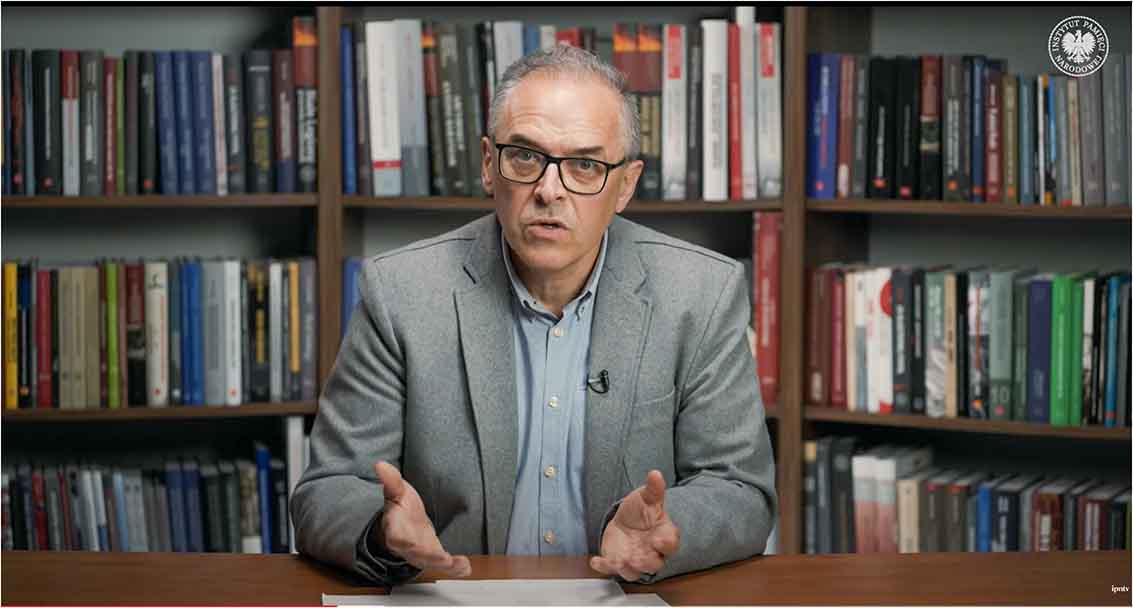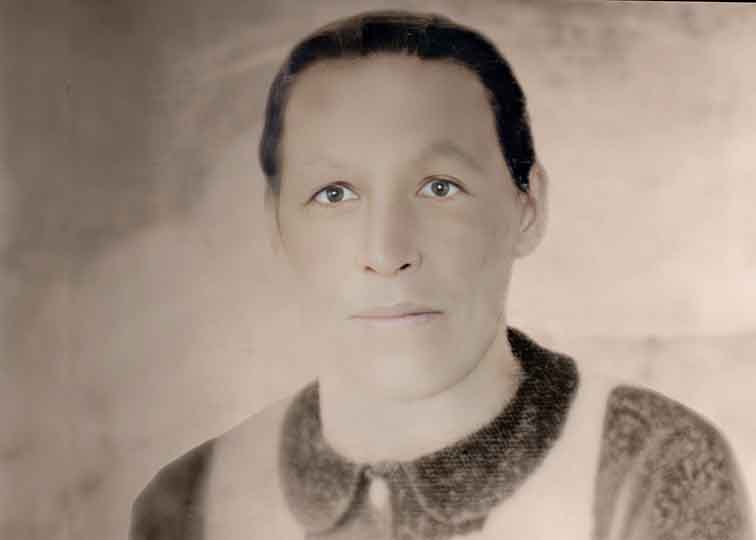The camp photograph of Czesława Kwoka is well known. It was taken by Wilhelm Brasse (a Pole) who, as a prisoner of Auschwitz, was assigned to take documentary photographs in the camp.
Czeslawa Kwoka - 14-year-old Polish girl 'needled' with phenol injection
Czesia was a Polish child expelled from Wólka Złojecka in the Zamość district to a transit camp in Zamość. There, during a racial selection process, she (together with her mother Katarzyna) was assigned to a barrack destined for Auschwitz. According to Brasse's account, Czesława Kwoka was beaten with a whip by one of the female guards - to enforce obedience - before being photographed for the camp's records.
Years later, Brasse recalled: 'I remember this photo of this prisoner in particular because the girl simply looked so young, yes, true, actually disarming... as a girl and as a prisoner, dressed in this headscarf that still looked good, not shabby... Sometimes individual numbers were called out, but in German, and this girl simply did not know what was going on, it was then that the SS woman - I saw this in a few cases - simply whipped her or hit her in the face with a whip (...)'.
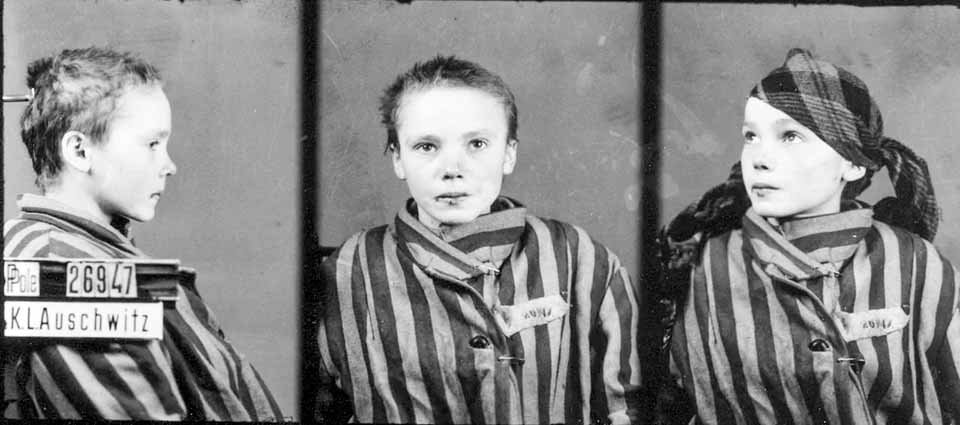
Czesława Kwoka, fot. Wilhelm Brasse (Source: DlaPolonii.pl)
Prisoners brought to KL Auschwitz were registered and photographed in three poses. When taking the photographs, Brasse had to make sure that the prisoner being photographed '(...) did not accidentally smile or make any kind of face, especially a painful one', Brasse explained.
The deportation of Czesia Kwoka and the other 1,300 Poles from Zamość to KL Auschwitz II-Birkenau meant their extermination. The official cause of Czesława's death given on her death certificate was 'Kachexis bei Darmkatarrh' (cachexia due to intestinal catarrh). The Germans were ruthless towards this 14-year-old and other Polish children from the Zamojszczyzna region, killing them with intracardiac injections of poison. This fact is confirmed by former prisoners, among them Jan Szczepanowski, from Nielisz in the Zamość district. He was a prisoner in KL Auschwitz before three transports of Poles expelled from the Zamość region arrived there in the winter of 1942-1943. He remembers the 'needled' boys from these transports:
During my stay in Auschwitz, I met many people from the Zamość district. I do not remember the names of all of them, but I remember that they came from Wierzba, Małe Chomęciska, Ruskie Piaski, Nowa Wieś [in] the municipality of Nielisz, Skierbieszów, Płoskie and Zamość. Before Christmas 1942, a very large transport of Poles from the Zamość district was sent to Auschwitz. Among them were 48 boys, who were separated by the block commanders. In the second half of January, the Germans took the boys under the pretext of sending them back to Oświęcim, to the bricklayers' school. These boys were first in Birkenau. As it turned out later, the Germans took them to barrack 13, where they were killed by injections.
These were injections of poison administered intracardially, which caused the victims to die quickly.
Polish and Jewish children were killed with phenol injections at KL Auschwitz
The surviving Auschwitz 'mortuary book' contains the camp numbers of the boys from the Zamojszczyzna region who were killed by intracardiac injection of phenol on 23 February 1943. Entries 30-53 list the camp numbers of the boys who were brought from Zamojszczyzna to KL Auschwitz on 2 February 1943.
On 23 February and 1 March 1943, as Helena Kubica writes, almost all the boys from the Zamojszczyzna region (together with other boys from the Birkenau men's camp) were transferred in two groups to the main camp (Auschwitz I). There, in the camp hospital, SS-Unterscharführer Herbert Scherpe, a paramedic, murdered them by intracardiac injections of phenol. In the first quarter of 1943, according to Jan Masłowski, 121 healthy prisoners - Polish and Jewish boys, mainly from the Zamojszczyzna region - were 'needled' in groups.
Later, more children from the Zamojszczyzna region lost their lives in this way. However, it is difficult to determine the exact number of underage prisoners who were 'needled'.
Germans covered up 'needling' by issuing fake death certificates
This was the case of 9-year-old Tadeusz Rycyk and 12-year-old Mieczysław Rycaj, who were brought to KL Auschwitz in early December 1942 (in the first transport from Zamość). Both boys, disguised as girls, were taken by their mothers to the women's camp. Tadeusz was even given a number from the general series for women. But the matter came to light and the boys were taken away from their mothers. That was on 17 December 1942. More than a month later they were killed by phenol injection - in the main camp at Auschwitz - and their certificates were falsified by the Germans. Tadeusz's death certificate gave the cause of death as bilateral pneumonia, while Mieczysław was said to have died of contagious tonsillitis.
Phenol was also used at KL Auschwitz II-Birkenau to kill newborn babies of Polish women expelled from the Zamojszczyzna region.



